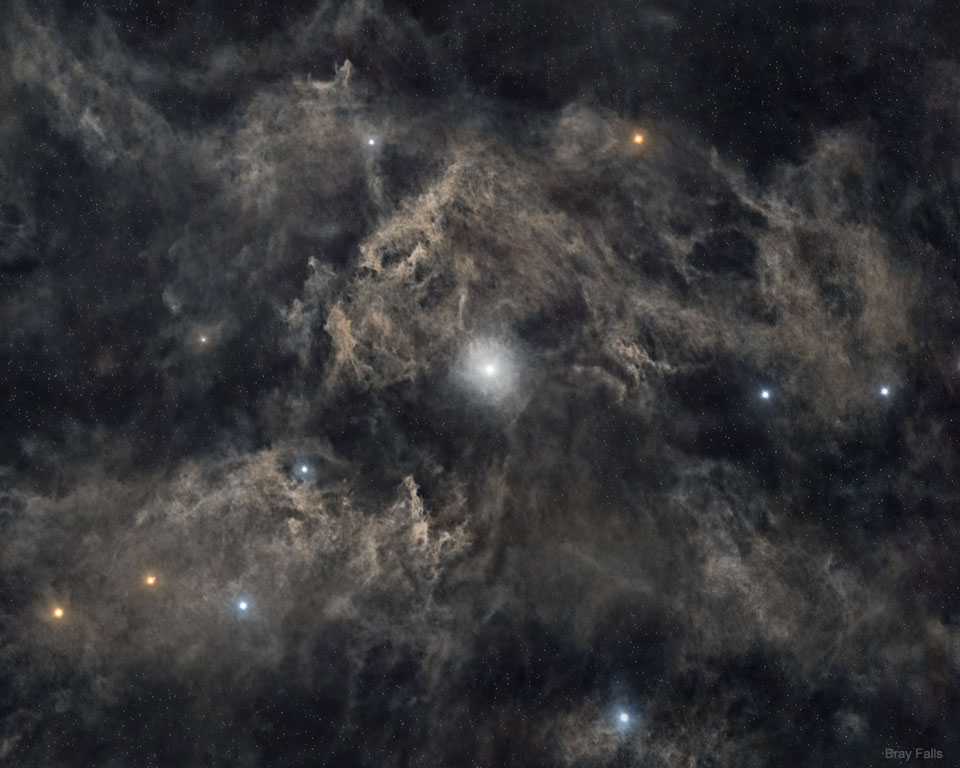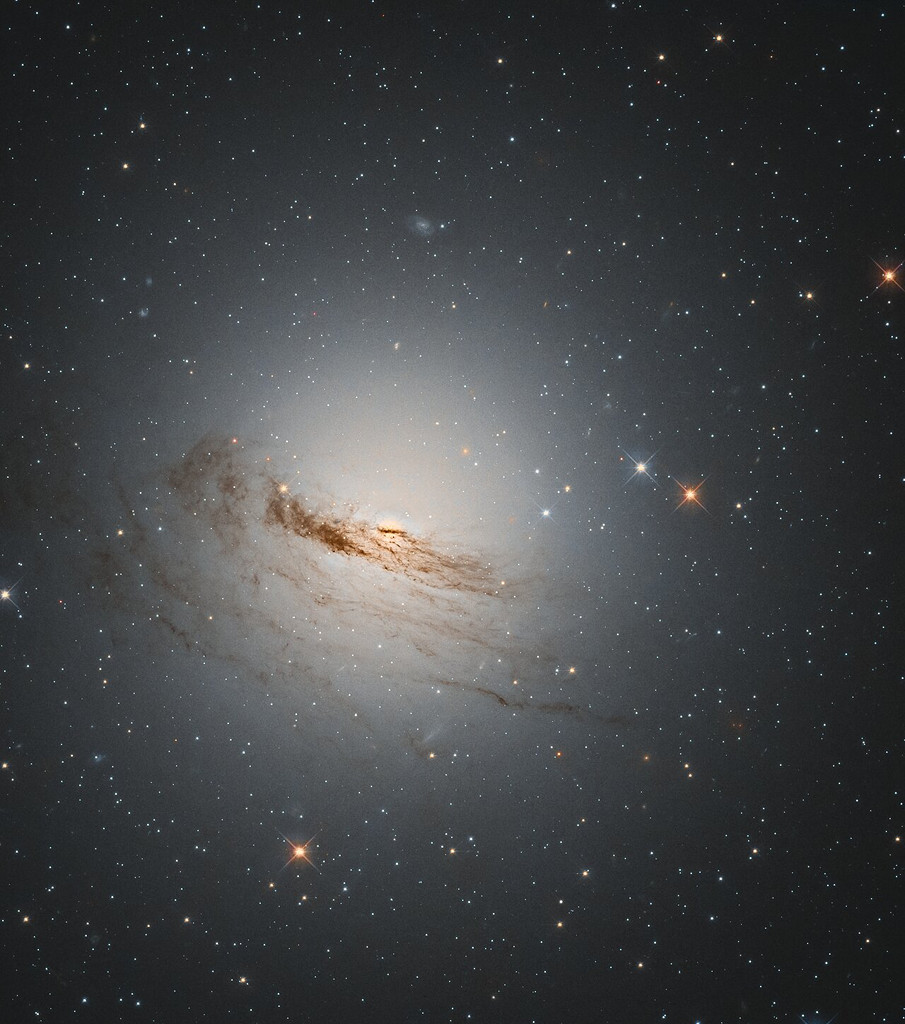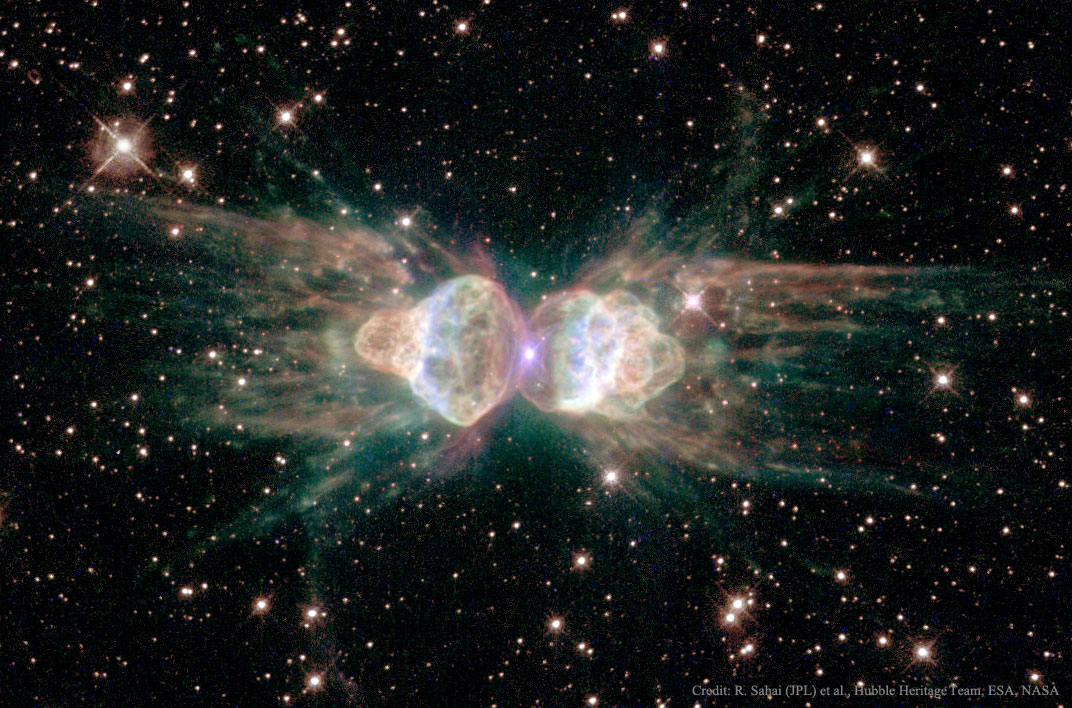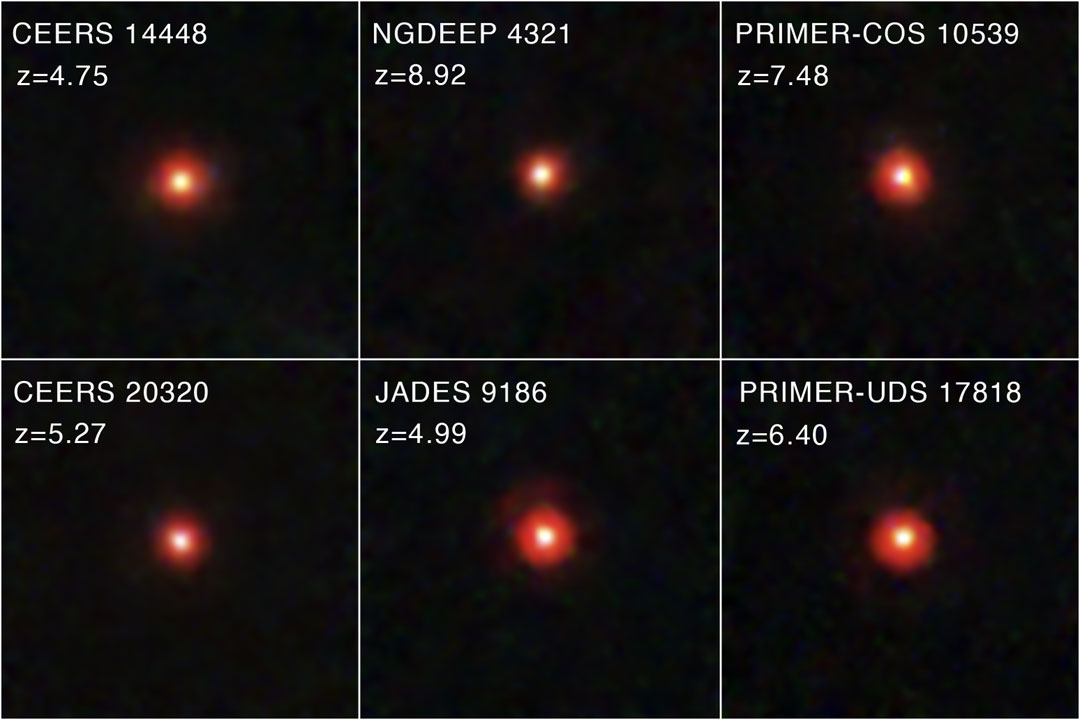
Nous le savons, le traitement de nos ordures est un sujet qui pose quelques problèmes dans notre société. Il n'est pas facile de savoir ce qu'il faut en faire, sans porter atteinte à notre planète. Mais si nous employions nos ressources naturelles pour traiter ces déchets ? Plus précisément, pourquoi ne pas utiliser les volcans comme incinérateurs d'ordures ? Une pensée qui peut faire sens, mais qui pose cependant quelques problèmes.
L'idée est intéressante, et fut évoquée à de nombreuses reprises. Après tout, pourquoi ne pas utiliser les volcans pour traiter nos déchets ? Ce concept ne date pas d'aujourd'hui, mais au final, la réalisation est complexe, voire impossible, et ce, pour plusieurs raisons. Tout d'abord, et malgré ce que l'on pense, cela est difficilement réalisable car la lave n'est pas assez chaude pour détruire tous les déchets. En effet, sa température est généralement comprise entre 750 et 1300 degrés. Cela peut sembler élevé mais c'est, au final, trop faible pour certains matériaux. Les déchets nucléaires en particulier ne pourraient être détruits.
De plus, il faut également penser à l'impact écologique. En effet, ce n'est pas parce que l'incinérateur serait naturel, qu'il n'y aurait pas de conséquences. Au contraire, des gaz toxiques seraient même produits. Cela proviendrait des combustions incomplètes, mais également des déchets brûlés eux-mêmes. Cela n'est donc pas envisageable. La seule solution serait de poser plusieurs filtres sur le volcan, ce qui semble assez peu réalisable.
Il faut aussi prendre en compte que tous les volcans ne correspondent pas à cette activité. Il faut qu'ils soient dotés d'un lac de lave, dans un cratère à ciel ouvert. Dans le cas contraire, les déchets resteraient bloqués dans la cheminée du volcan, ce qui poserait problème. De plus, il doit être actif, bien entendu. Ceux correspondant à cette description ne sont que cinq dans le monde, et sont souvent éloignés de tout (pour des raisons évidentes). Il faut imaginer qu'il faudrait construire des infrastructures pour pouvoir s'y rendre et pratiquer cette incinération. Un manque de praticité donc. Si l'on ajoute cela aux autres problèmes évoqués auparavant, on comprend pourquoi les volcans ne sont pas utilisés comme incinérateur d'ordures.
Les spécialistes pensent également que cela pourrait modifier le comportement du volcan. Il serait donc bien plus sensible. Il faudrait faire face à des rejets de fumées, de poussières ou même à des éruptions imprévues. Et ce dernier point est également un frein à cette idée : les éruptions. Cet élément en rebute plus d'un, à cause du danger-même de l'outil.
Ce concept ne date pas d'aujourd'hui, mais au final, la réalisation est complexe, voire impossible. Voilà pourquoi les volcans ne sont pas utilisés comme incinérateur d'ordures.
(Source : Ademe et EPA).








